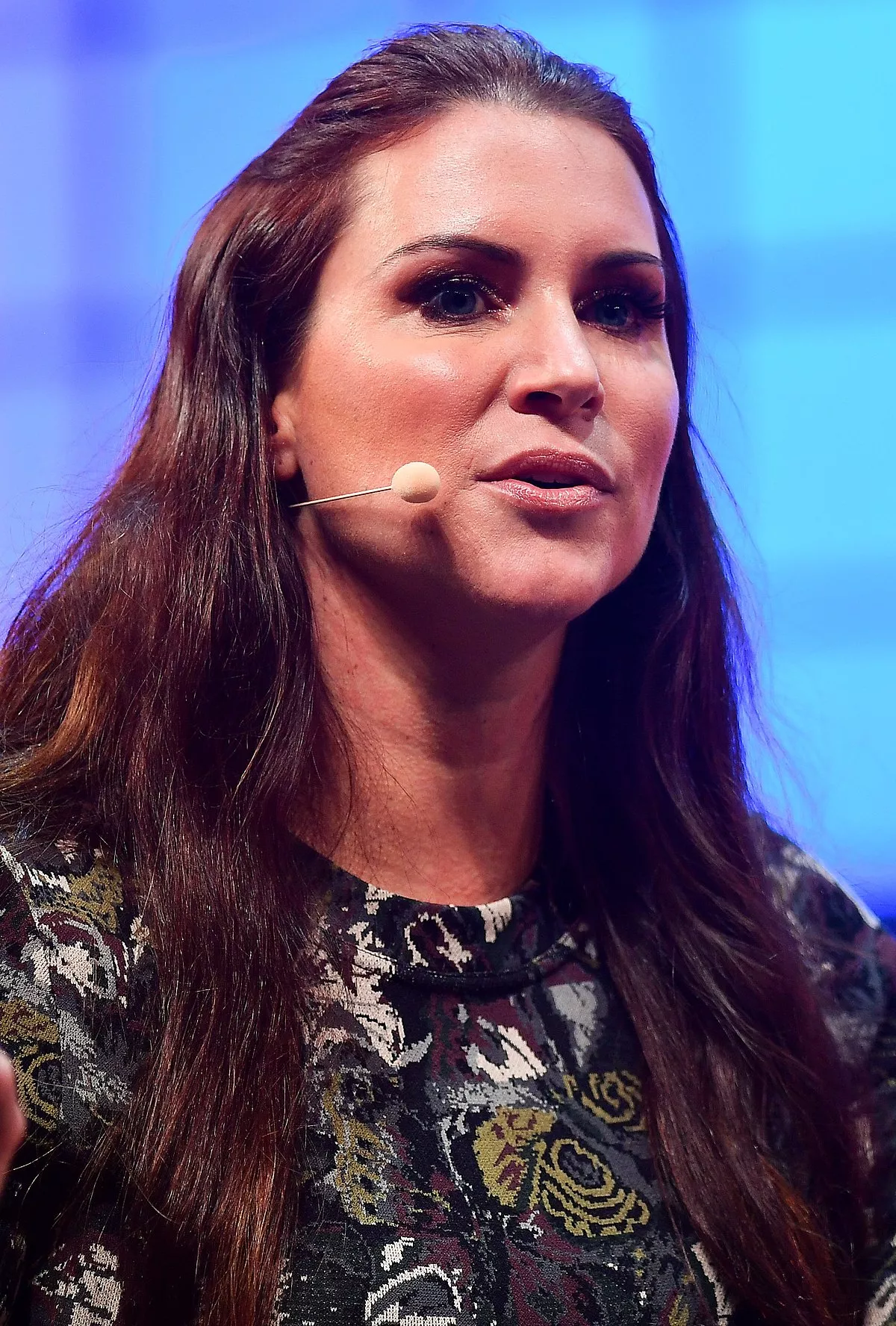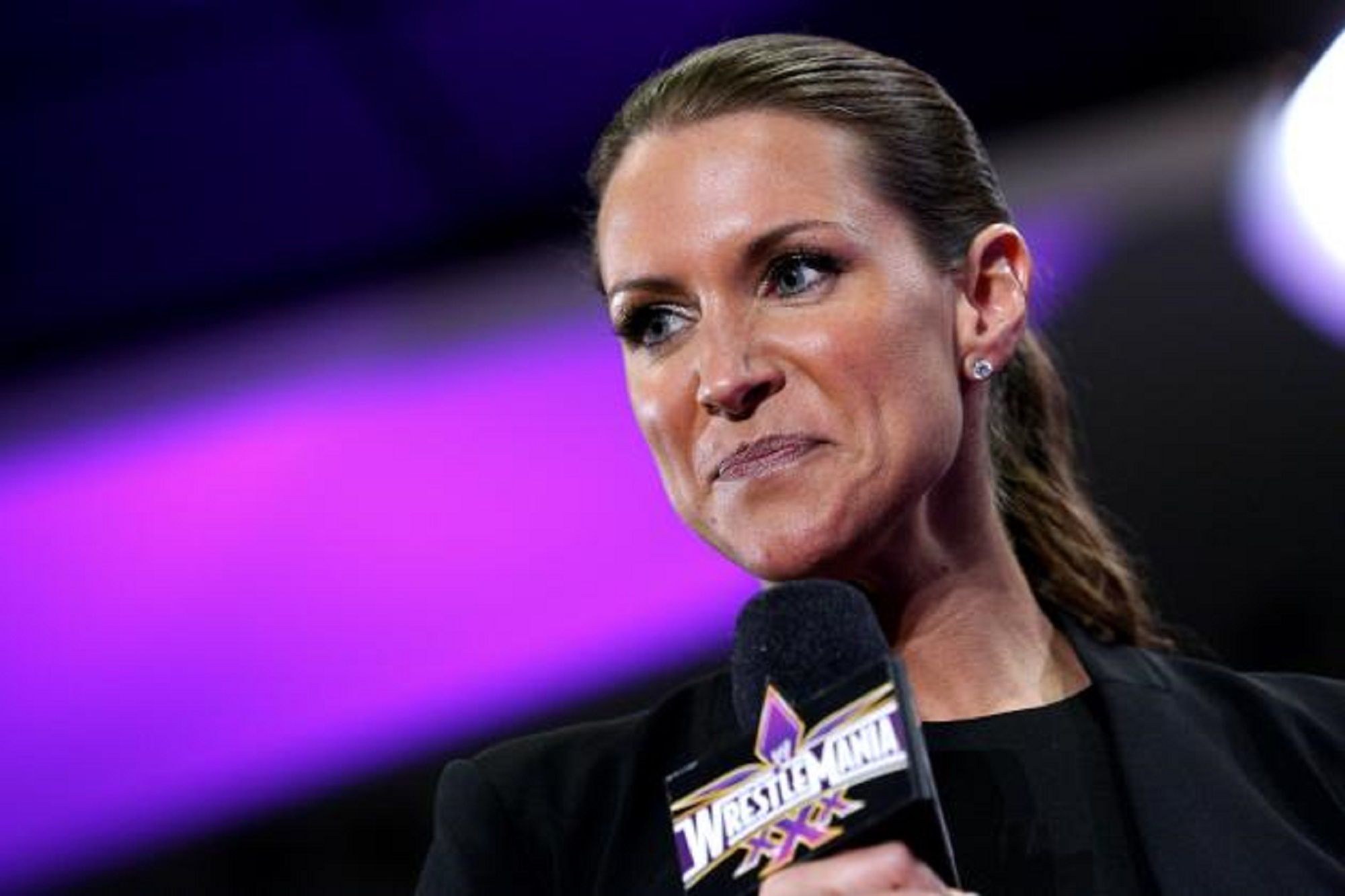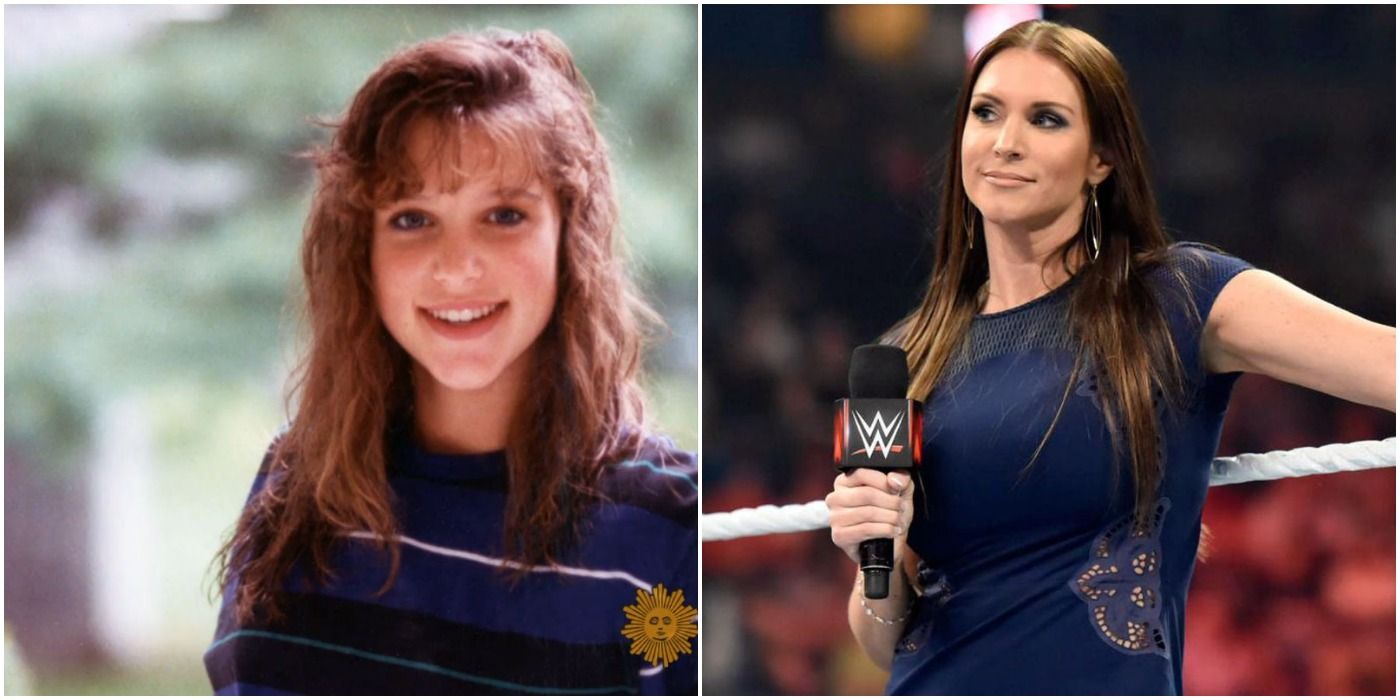WWE Romance: Will Stephanie Lose Chris To A Blonde Bombshell? Read Now!
Is it possible for a heart to truly move on, or are we forever tethered to the echoes of past affections? The answer is complicated, especially when a billion-dollar princess is involved.
Stephanie McMahon, a force both in and out of the WWE ring, found herself in a familiar, yet unwelcome, scenario. Another WWE evening event, the third in as many nights, was underway. This time, it was a seemingly endless dinner with a handful of Fox TV producers. Stephanie, the Chief Brand Officer of WWE, knew attendance was crucial. Her absence would send the wrong message, a silent snub to partners vital to the company's continued success. Yet, as she sat beside her husband, a wave of boredom washed over her. There were undoubtedly a million other things she would rather be doing.
| Category | Information |
|---|---|
| Full Name | Stephanie Marie McMahon Levesque |
| Date of Birth | September 24, 1976 |
| Place of Birth | Hartford, Connecticut, USA |
| Occupation | Chief Brand Officer (CBO) of WWE, Television Personality, Professional Wrestling Personality |
| Family | Daughter of Vince and Linda McMahon; Wife of Paul "Triple H" Levesque; Three daughters: Aurora Rose Levesque, Murphy Claire Levesque, Vaughn Evelyn Levesque |
| Education | Boston University (Communications) |
| WWE Career | On-screen character since 1999; Held the WWE Women's Championship; General Manager of SmackDown; Authority Figure |
| Business Career | Executive Vice President, Creative; Chief Brand Officer |
| Net Worth (Estimated) | ~$150 million (combined with Triple H) |
| Key Achievements | Constant presence in WWE storylines and business operations; Instrumental in WWE's brand development and social media strategy. |
| Reference Link | WWE Corporate Profile |
Outside the gilded cage of WWE events, a more insidious battle raged, a battle for truth in a world drowning in disinformation. In today's digital age, the deluge of misinformation and outright fake news presents an unprecedented challenge. Discerning fact from fiction has become an essential skill, a survival mechanism in the modern information landscape. Critical thinking acts as a shield, a vital defense against the manipulation and deception that pervade online spaces.
- Bollyflix Your Ultimate Bollywood Entertainment Destination Guide
- Ullu Web Series Exploring The Daring World Of Ullus Content
The pervasiveness of these issues is underscored by academic research. The Palgrave Pocket Consultants series delves into this very topic, using rigorous research to analyze the roots and ramifications of misinformation. One particular study, for instance, highlighted the many unanswered questions surrounding the spread and impact of deliberately false information, prompting further investigation through surveys and detailed analyses.
These surveys, divided into five distinct sections, aimed to explore the multifaceted nature of misinformation. The goal was to understand how individuals perceive and process information, and what factors contribute to their susceptibility to believing false narratives. The findings, it was hoped, would provide valuable insights into how to combat the spread of fake news and promote media literacy.
Leaders, in particular, bear a heavy responsibility in navigating this treacherous terrain. Their decisions, often impacting countless lives, must be grounded in truth and objectivity. Leaders must be adept at separating fact from fiction, aware of their own biases and internal narratives, and remain open to new perspectives and possibilities. An open mind, coupled with a commitment to critical analysis, is paramount to effective leadership in the age of misinformation.
- Mkvmoviespoint Your Guide To Latest Movies In 2023 Updated
- Sone 436 Video The Viral Phenomenon You Need To Know
Understanding the nuances between different types of false information is also critical. Misinformation, for example, is generally defined as false or inaccurate information, while disinformation is deliberately spread with the intent to deceive or manipulate. Recognizing this distinction is a crucial first step in combating the spread of harmful narratives. Similarly, fabricated news stories, designed to falsely claim certain facts or misrepresent them intentionally, require careful scrutiny and fact-checking.
The challenge, then, becomes: How do we separate what things seem to be from what they actually are? Its a question that has captivated minds for centuries, from the legendary detective Sherlock Holmes to modern-day media analysts. The core principles of investigation careful observation, logical deduction, and a healthy dose of skepticism remain as relevant today as they were in Victorian London. While most people may not be solving murder mysteries, the same skills can be applied to navigating the complex media landscape and discerning truth from falsehood.
Historical research, too, faces its own set of challenges in maintaining rigor and accuracy. The interpretation of past events is often subject to bias, incomplete information, and conflicting perspectives. Researchers must therefore employ a range of strategies to ensure the validity and reliability of their findings. These strategies might include cross-referencing sources, critically evaluating evidence, and acknowledging potential limitations in the available data. Only through such meticulousness can historical research contribute meaningfully to our understanding of the past.
The sheer volume of information available online can feel overwhelming, making it difficult to know where to begin in the quest for truth. Thankfully, not all news is fake or misleading. There are practical steps individuals can take to sort through the clutter and decipher fact from fiction. Becoming more media literate is a process, not a destination, but it is a process that empowers individuals to become more informed and discerning consumers of information.
One of the most important things to do is to actively seek out diverse sources of information. Relying solely on one news outlet, or one perspective, can create a distorted view of reality. By reading multiple sources, including those with differing viewpoints, individuals can gain a more comprehensive understanding of complex issues. This approach helps to identify potential biases and inconsistencies, ultimately leading to more informed conclusions.
Another key strategy is to develop a healthy sense of skepticism. Question everything. Don't blindly accept information at face value, especially if it seems too good to be true or confirms pre-existing beliefs. Instead, take the time to verify the information through reputable sources. Fact-checking websites, academic databases, and government publications can all provide valuable resources for confirming or debunking claims.
Furthermore, its crucial to be aware of the emotional manipulation tactics often employed in the spread of misinformation. Sensational headlines, emotionally charged language, and appeals to fear or anger can all be used to sway public opinion. By recognizing these tactics, individuals can better guard against being misled and make more rational judgments.
The erosion of trust in traditional institutions, including the media, has contributed to the rise of misinformation. When individuals feel disconnected from established sources of information, they may be more likely to turn to alternative, often unreliable, sources. Rebuilding trust in credible journalism and promoting media literacy are therefore essential to combating the spread of fake news and fostering a more informed citizenry.
The responsibility for combating misinformation ultimately rests on all of us. By becoming more critical consumers of information, by actively seeking out diverse perspectives, and by promoting media literacy in our communities, we can collectively push back against the tide of falsehoods and create a more informed and resilient society. It's a battle that demands constant vigilance, but it is a battle worth fighting.
Beyond the global fight against misinformation, Stephanie's evening continued its slow burn. The polite laughter, the rehearsed anecdotes, the forced enthusiasm for wrestling storylines it all felt strangely surreal. Her mind drifted back to the complexities of her own life, the delicate dance between her personal desires and her professional obligations.
The WWE universe, a carefully constructed world of heroes and villains, mirrored the complexities of the real world in its own way. Alliances shifted, loyalties were tested, and the line between fact and fiction often blurred. Just as in the digital age, critical thinking was essential to navigating the intricate web of relationships and power dynamics that defined the WWE landscape.
As the dinner wound down, Stephanie couldn't shake the feeling that something was amiss. Perhaps it was simply the accumulated fatigue of the past few days, or perhaps it was a deeper unease, a premonition of changes to come. Whatever the cause, she knew that the world of WWE, like the world at large, was constantly in flux, and that the ability to adapt and discern truth from falsehood would be more important than ever.
In the end, whether it's navigating the complexities of a personal relationship, deciphering the intricacies of the WWE universe, or combatting the spread of misinformation, the same principles apply: critical thinking, a healthy dose of skepticism, and a commitment to seeking out the truth, wherever it may lead.
The question remains: Will Chris overcome his preoccupation with Stephanie, and will the allure of a "certain blonde" truly change the dynamic? Only time will tell if the "billion-dollar princess" is truly out of the picture, or if her presence will continue to cast a long shadow over Chris's romantic future.
- Jameliz Benitez Smith Xxx From Small Town To Adult Star
- Sone 436 Video The Viral Phenomenon You Need To Know

21 Facts About Stephanie Mcmahon FactSnippet

Top 15 Little Known Facts about Stephanie McMahon

The Billion Dollar Princess 10 Things You Didn’t Know About Stephanie